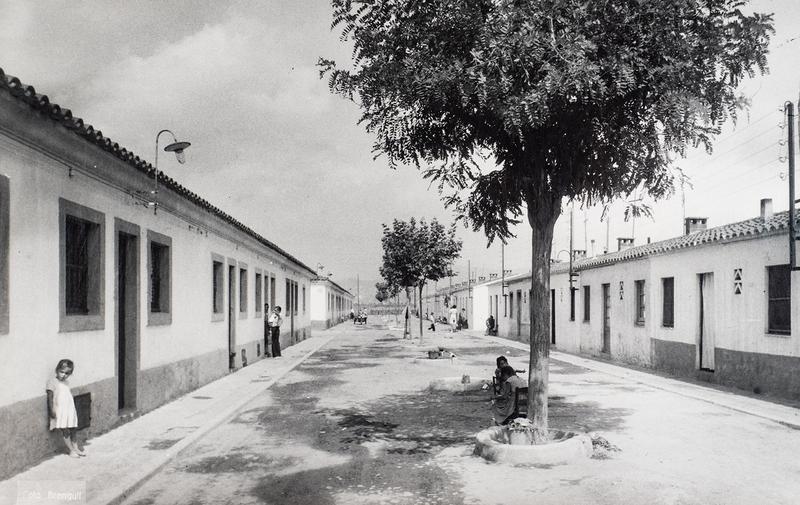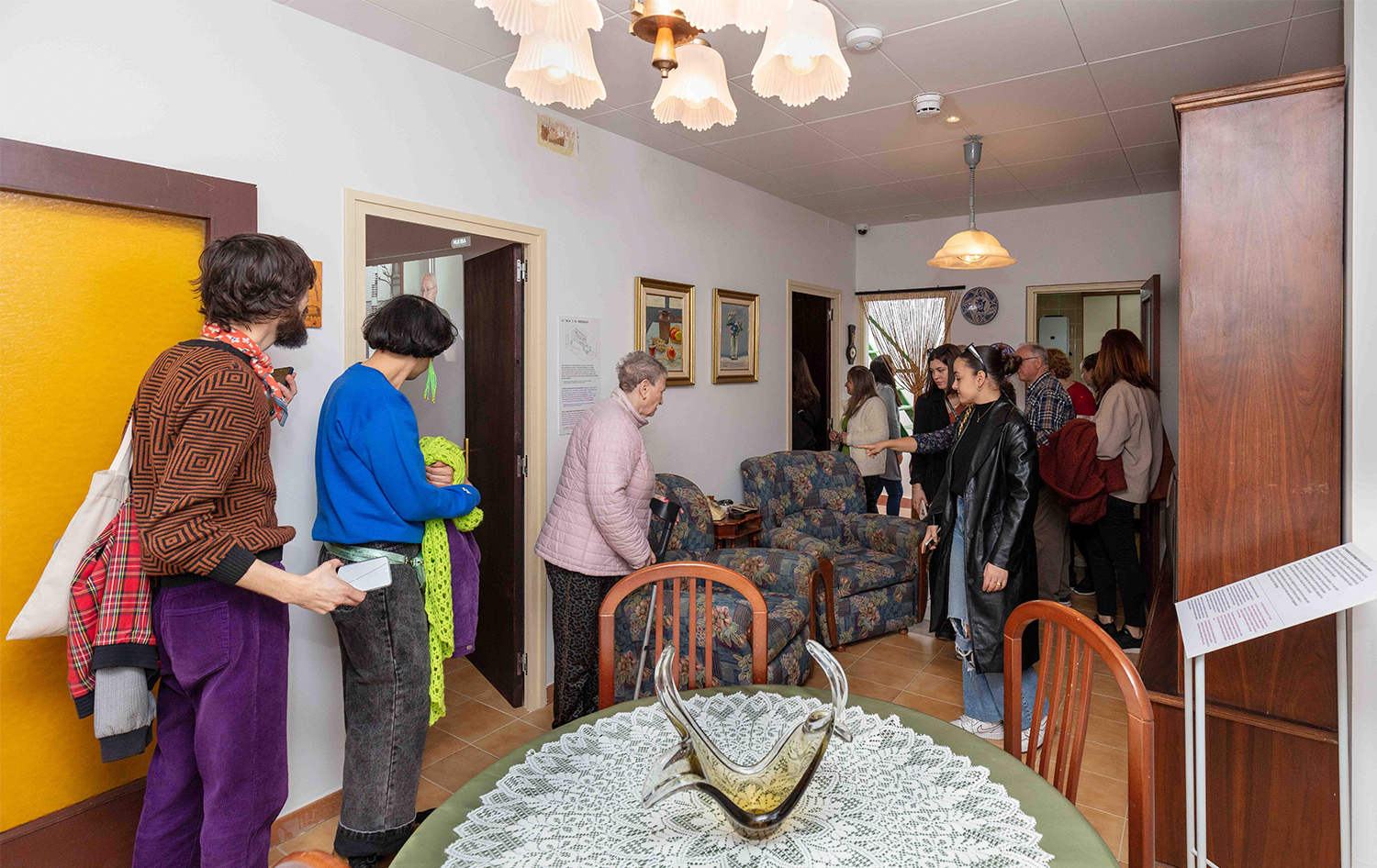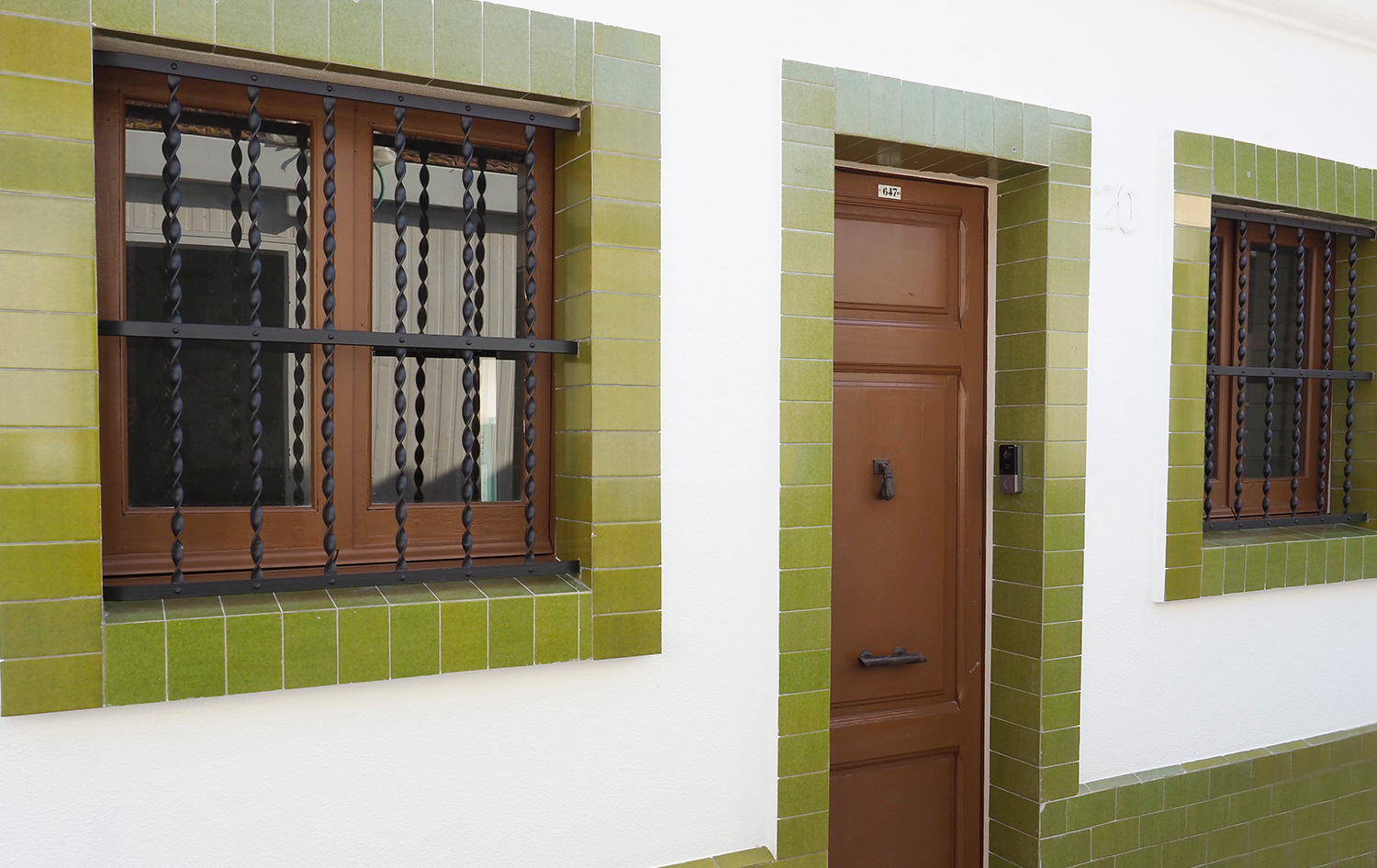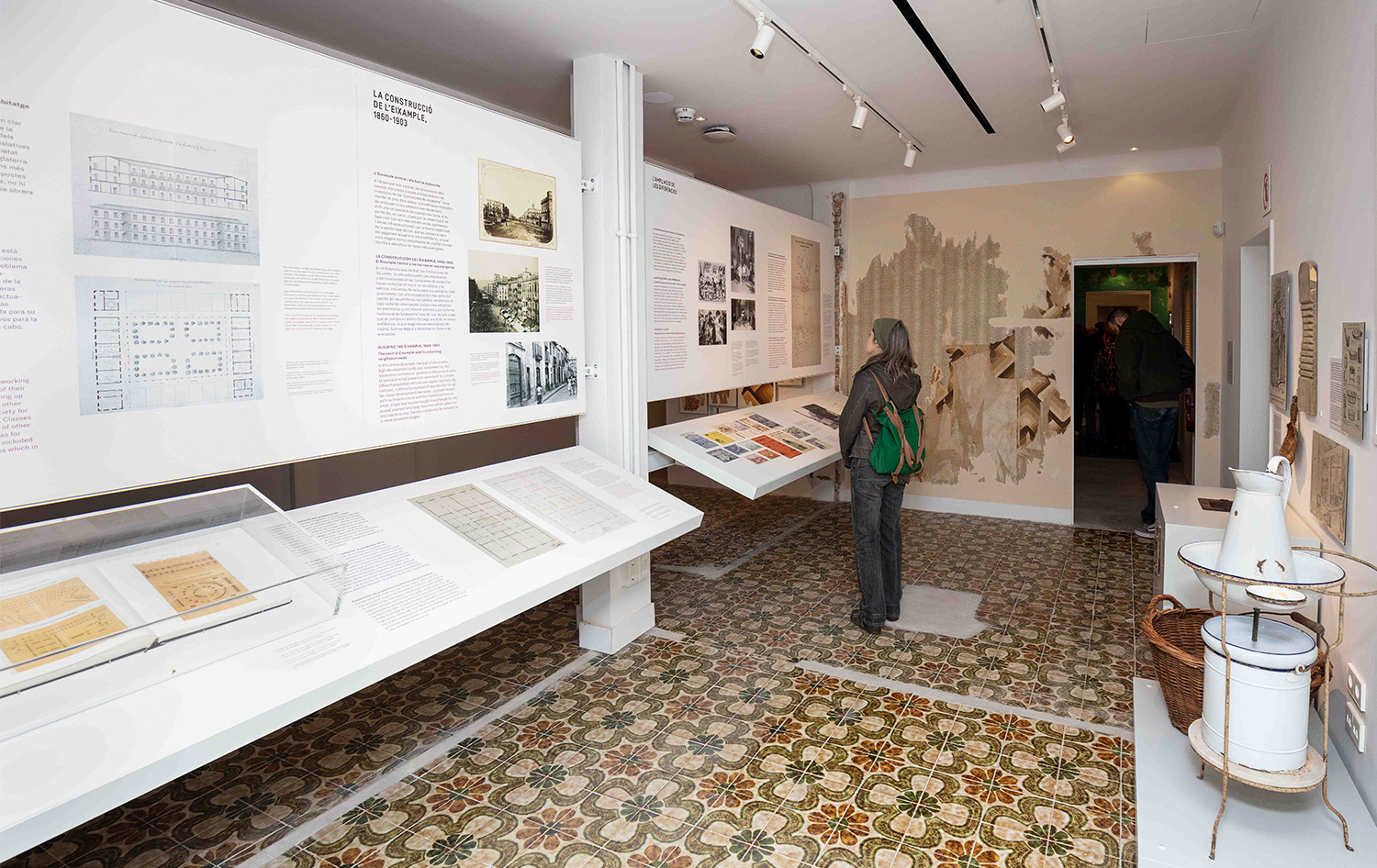The long road towards creating social housing in Barcelona
MUHBA exhibition in Bon Pastor shows history of affordable housing in Catalan capital and beyond

On the small street of Barnola, located in the Barcelona neighborhood Bon Pastor, lies one of only two remaining testaments of one of the first social housing projects in the city, dating back to 1929: a row of 16 white single-story houses with the self-exp-explanatory name of Les Cases Barates, or The Cheap Houses of Bon Pastor.
Les Cases Barates were the homes of working-class families for nine decades. In 2010, a redevelopment process started, and the homes were turned into a museum and research center after a year-long collaboration between the neighborhood groups, residents, and the Barcelona History Museum (MUHBA).
Cases Barates de Bon Pastor Museum
"The reconstruction of the houses was done with great architectural care and respect in order to preserve the historic memory of the neighborhood,” says Joan Roca, director of MUHBA to Catalan News.
At the museum, visitors can learn about the history of social housing in Barcelona, Catalonia, and Europe in the period from 1860-2010 through an extensive exhibition that has videos, photos and objects that belonged to the residents.

Visitors can also visit four different houses that have been restored to reflect how families lived in the ‘cheap houses’ in four different time periods between 1929-2010. The houses have all been decorated with era-appropriate furniture and objects donated to the museum by the former residents.
Housing problems in the 19th century
While it is tempting to think that Barcelona’s affordable housing problems are new, the reality is that the Catalan capital has struggled with finding sustainable solutions for centuries.
During the second half of the 19th century, Barcelona’s population had increased by around 20%. The growth was caused by the influx of migrants primarily coming from the southern Spanish region of Andalusia. They were coming in search of work opportunities, often in the construction industry on projects such as the expanding metro system and the 1929 Universal Exposition, held in Barcelona.
The high prices in the newly developed Eixample neighborhood made it largely impossible for these migrants to live in the city center.
As a result, many of these migrants were pushed out into the periphery where they would live in shantytowns with little if any formal infrastructure.
Many were located on Montjuïc, the hill in the south of the city next to where the Universal Exposition was to take place, and local authorities were therefore eager to clear the area and find a solution.
The solution was found in Barcelona’s first Housing Board in 1927, after Spain had initially passed the Cheap Houses Act in 1911. The primary task of the housing board was to clear the area around Montjuïc, and to do so, they proposed developing cheap housing units in the rural outskirts of Barcelona.

Slow initiative
One of these developments was the cheap houses of Bon Pastor. In total, 781 standardized houses of between 38m2 and 53m2 were built to house these working-class families. Similar projects were built in other areas of Barcelona, Zona Franca and Nou Barris, while the smaller Baró de Viver project was part of the neighboring municipality Santa Coloma i Gramanet.
While the cheap houses projects in Barcelona had managed to create a social housing park of around 2% by the 1930’s, other major European cities had already reached between 10-20%. This number has not changed significantly since.
Life in Bon Pastor
A total of 2,347 residents were living in the Cheap Houses of Bon Pastor in 1930, and the families lived through many different periods: Civil War, the Franco dictatorship, the transition to democracy, and most recently the redevelopment of the humidity-plagued buildings starting in 2010.
The residents moved into newly constructed apartment buildings next to the original Cases Barates, and Joan Roca says that this helped so that “the community has never been split up, between the past, present and future.”

The Cases Barates Museum is free to the public and is open Thursdays, Saturdays and Sundays. MUHBA has a total of 55 museums and heritage sites all over Barcelona.